Very few of us have heard of Charu Chandra Bose who, despite his defective right hand, used it to his advantage and contributed his share to the revolutionary movement for the independence of India. Little information is available on the personal life of Charu Chandra Bose. He was born at the Shobhana village in the district of Khulna (now in Bangladesh) in February, 1890. His father was Keshab Chandra Bose. He was associated with Yugantar, an organisation known for its revolutionary exploits. He lived at 130 russa road in Talligange for 12 years. He worked at various presses and newspapers for his living in Kolkata and Howrah.
Ashutosh Biswas, a notorious Public Prosecutor, was responsible for the conviction of many revolutionaries in the Muraripukur bomb case and other false cases shortly after the Anti-Partition Movement. He actively helped in collecting evidence and arranging papers and witnesses to ensure punishment of many revolutionaries. The political activists wanted to get rid of this redoubtable professional who, being a devoted supporter of the British government, went beyond his official duty to serve the British Police. Though there is no clear evidence, the ill-famed loyal Prosecutor was shot dead by Charu Chandra Bose on February 10, 1909 according to a secret plan. Charu Chandra’s selection might have been influenced by his looks. He was “a diminutive looking, sickly, thin-built teenager” who hardly attracted notice. He was Intelligent, determined and resolute, too. He practiced shooting for some time when he was assigned the sacred duty. He closely followed his quarry for some days to learn details of his movement in the Suburban Police Court at Alipur in Kolkata.
Charu Chandra Bose did not have the palm of his right hand from birth. He tied the revolver to his crippled hand and covered it under a shawl. He entered the court premises on the day of assassination, well prepared after a careful reconnaissance. He waited for appropriate time. He got him within shooting range more than once, but he did not want to take any risk as the target was well-protected. He followed his target until he got him within point-blank range in the afternoon. Once he got him in the western wing of the court. He pushed the trigger with his left hand. The victim ran fast shouting, Charu shot once more. The second bullet hit Ashutosh. Charu was seized by a constable. He shot once more, it did not hit anyone.
Charu Chandra Bose courted arrest without losing his ingenuous smile that always hovered over his face. He was brutally tortured for information, but he did keep his mouth shut. The crippled youth with very poor health had to go through unbearable pains in the police custody. He did not give out any information on his organisation or any of its leaders. He might have saved himself by becoming a state witness, but he held his ground, firm and upright in conviction, not to be expected of a man with his physical condition. He rather misled the police by telling them that he planned the whole event all by himself. He told that he got the revolver from Panchcowrie Sanyal of Dacca. Of course, no man with such a name did ever exist.
The investigation started on February 13, 1910. He told the court that Ashu Biswas was a traitor and it was predestined that he would kill him. As he said to the enquiring District Magistrate of 24 Parganas, “It was preordained that Ashu would die at my hands and that I shall be hanged on that account.” He refused to accept any professional help in his defense.
The court proceedings ended on February 22, 1909 and the death sentence was heard on the following day. When he was asked about his execution, he insisted on its expedition. The judgment was upheld by the High Court on March 2, 1909. He was hanged on March 19, 1909 at Alipur Central Jail.
Charu Chandra Bose came to Kolkata from an obscure village to earn bread for his family. He could have passed his life like the common multitude in the drab drudgery of daily life. But he was stirred by the Partition of Bengal and its consequent protest movements. When most of the revolutionary leaders were either in jail or under cover, he took up the task of killing Ashutosh Biswas. He used his injured hand rather skillfully as an extra advantage. His death on the gallows not only earned him a permanent place in the pages of history, it secured dignity and honour for the physically challenged. His example in any sphere of life will inspire the physically challenged to face any situation with courage and determination and participate in struggles for freedom of men. Blind Persons’ Association has always upheld that the physically challenged can earn their proper recognition by contributing their mite to the growth and development of the society by following Charu Chandra Bose’s example.
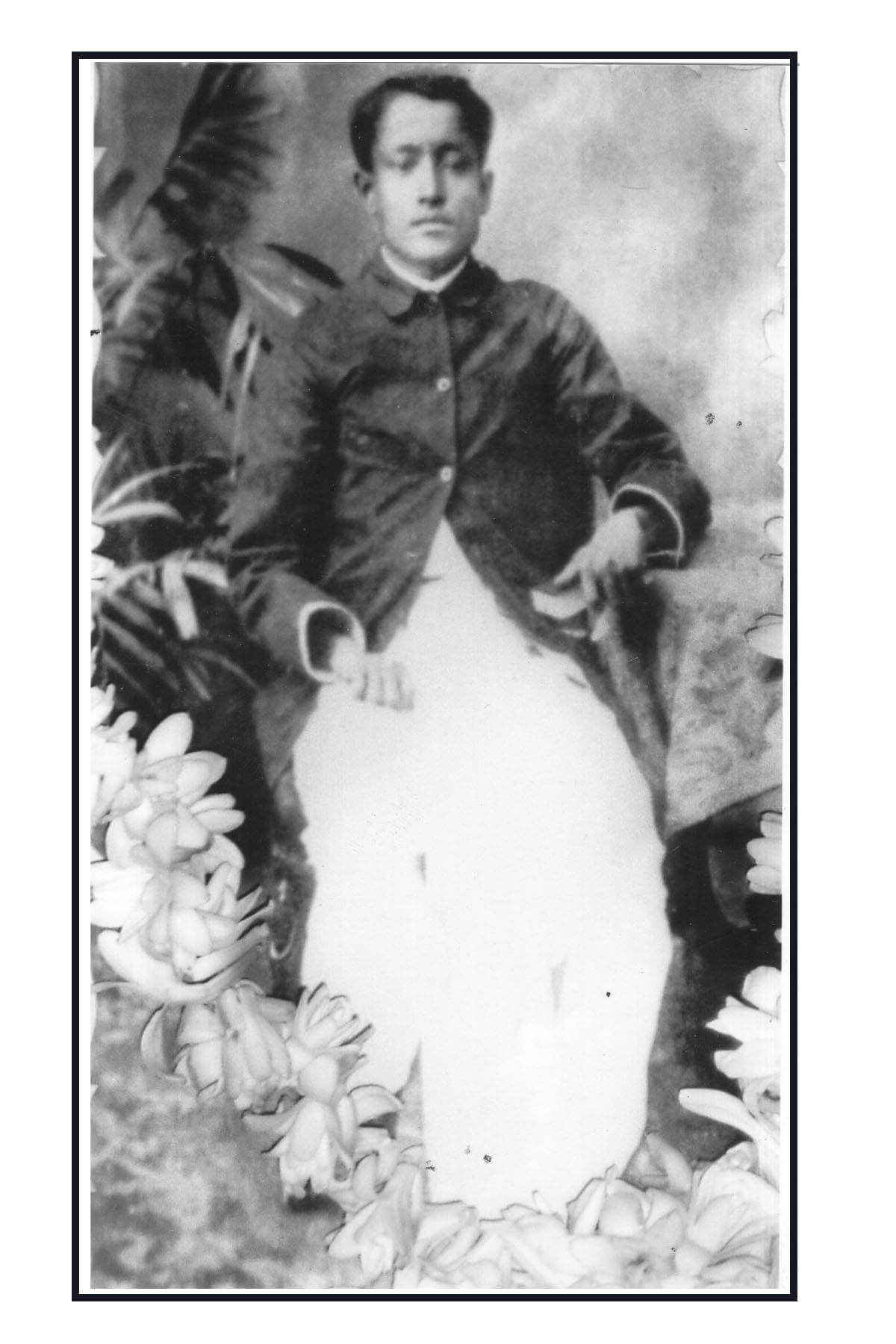
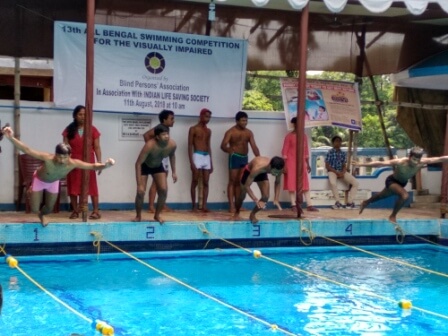
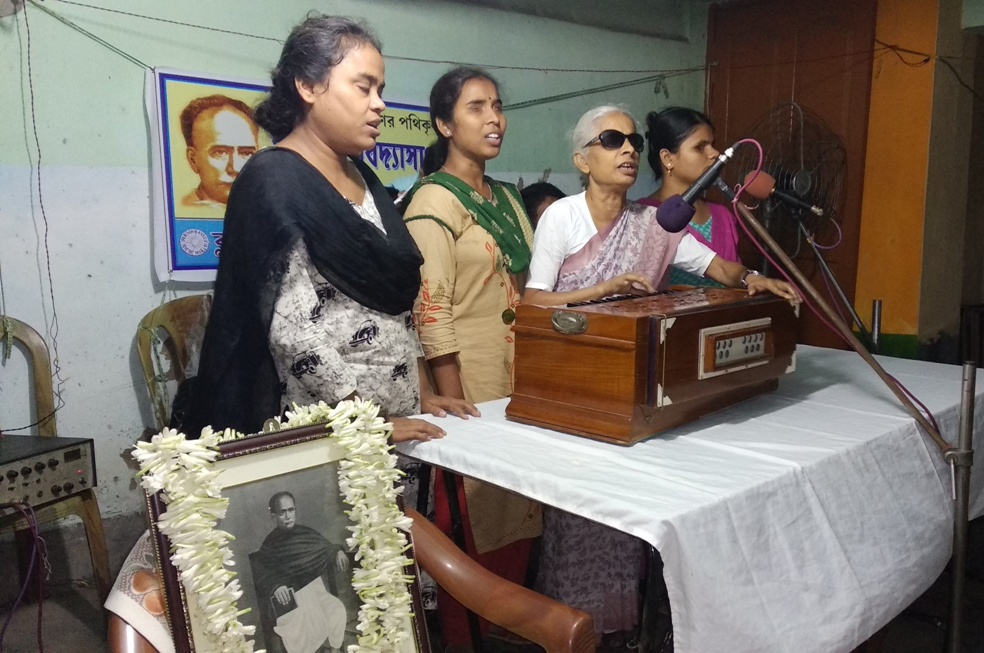
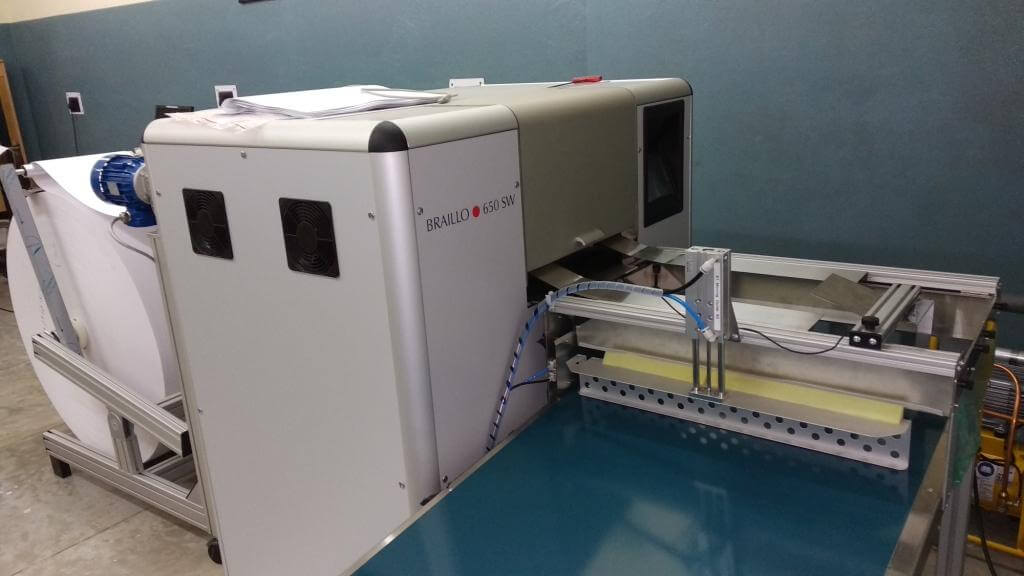
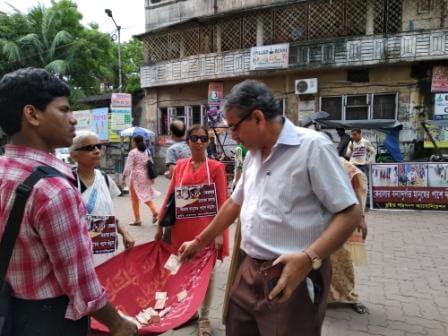
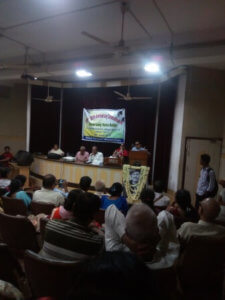
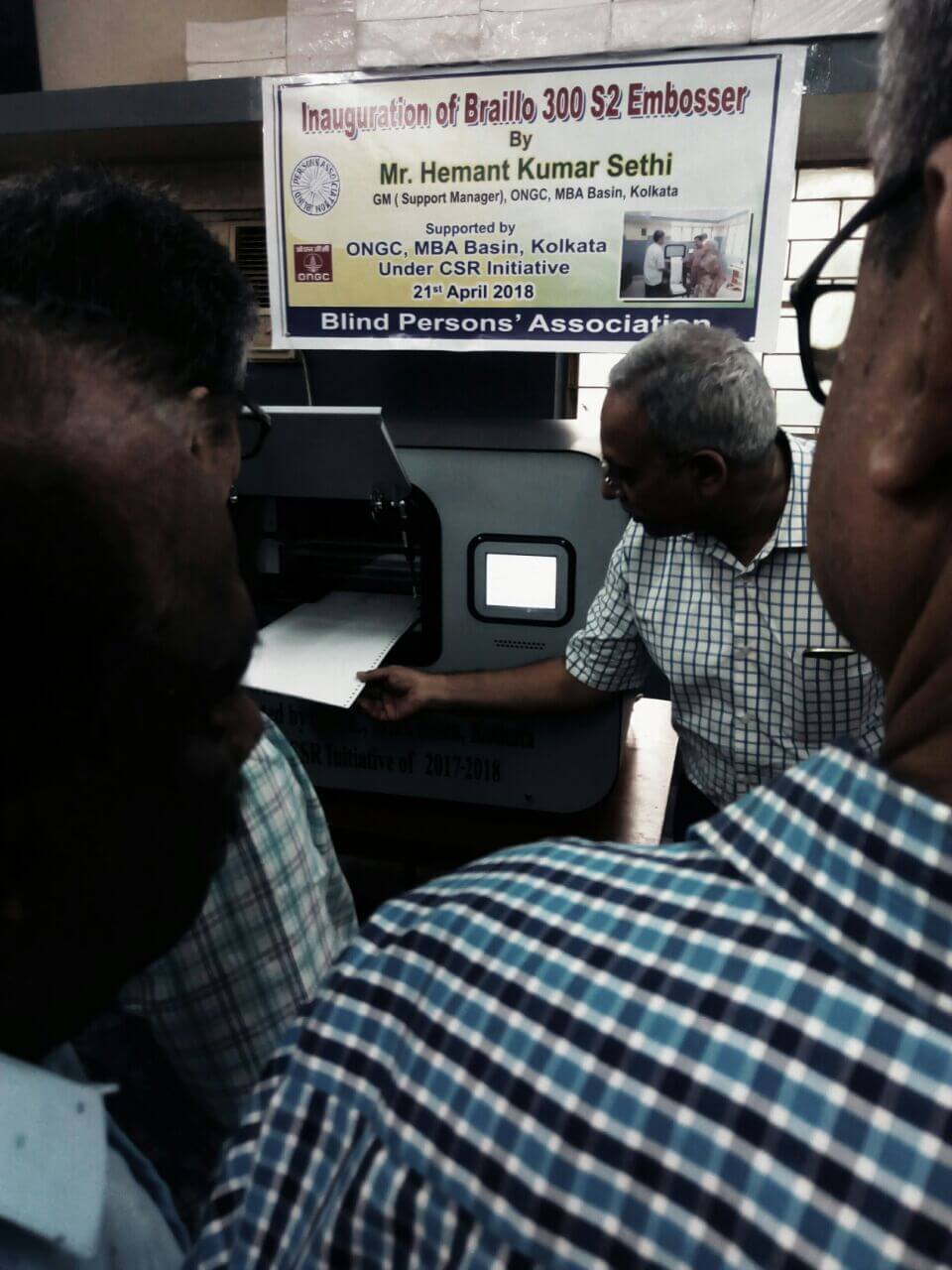
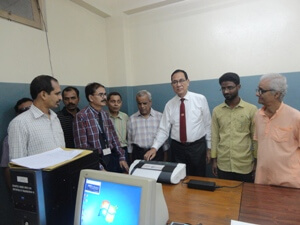
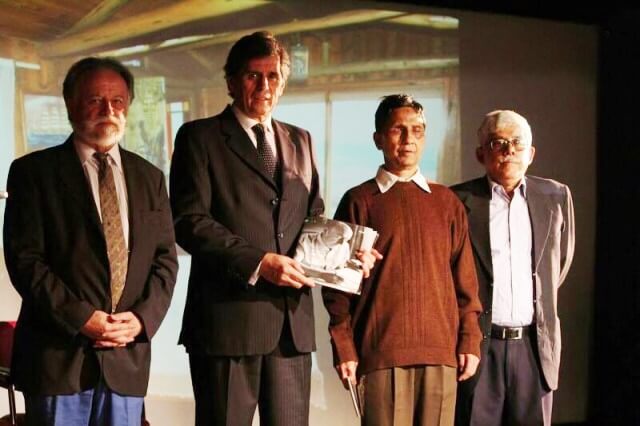
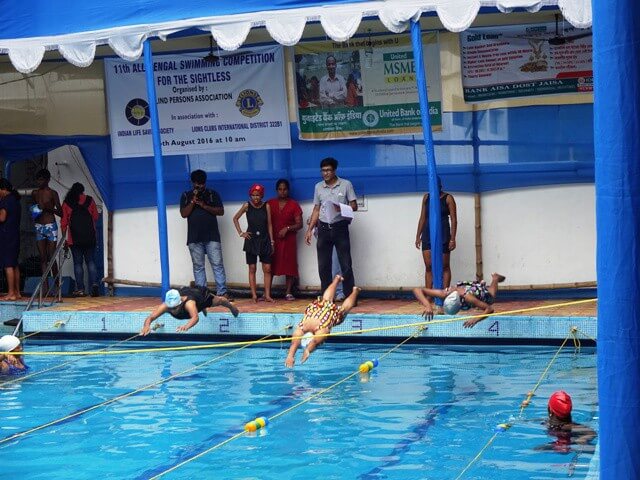
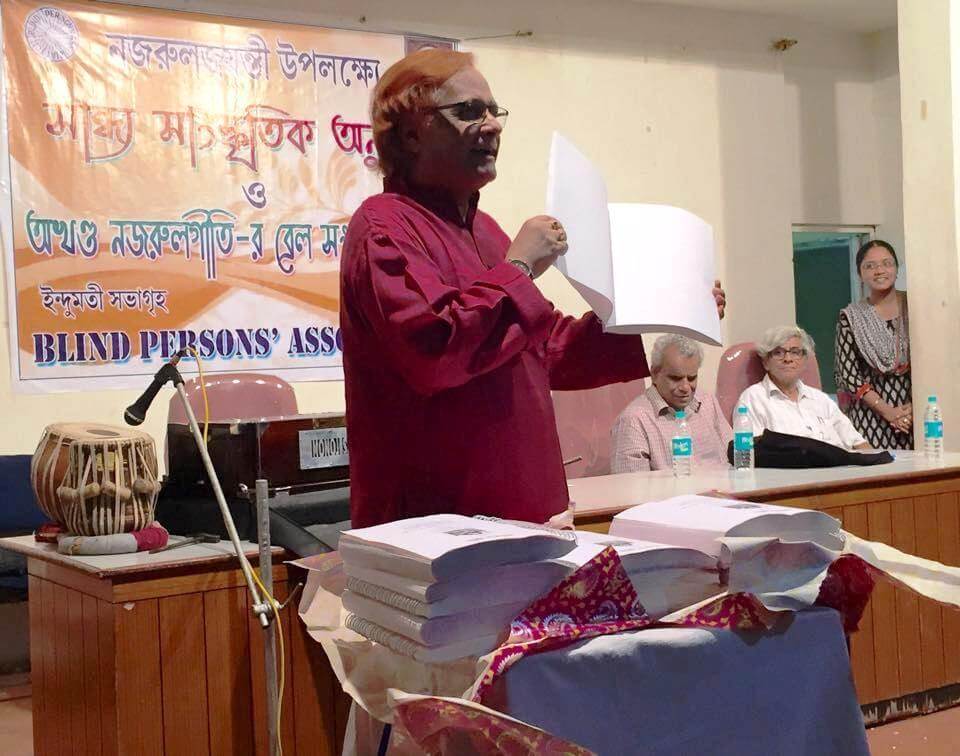
wonderful… I never new about him. in the process of writing and re-writing history, the time has come to write the history of the disabled as well. surely, such articles would inspire many of us to look back and findout the contribution of many more disabled persons like him to the formation of the idea of India.
Name was Charu Charan Bose & not Charu Chandra Bose
The name is recorded as Charu Chandra Basu at least twice under the heading “Conspiracy in the south (1897-1910)” in the book Roll of Honour, Anecdotes of Indian Martyrs by Kali Charan Ghosh. I found it in Braille volume 4, page 102. Roll of Honour was first published by Vidya Bharati, 8C Tamur Lane, Kolkata 9 in 1965. Our Braille print is a copy of the first edition. Shri Shailesh Dey has also mentioned this martyr in one of his books. But we cannot check the source right now as our librarian is not coming due to lockdown. However, we have written his name as Charu Chandra Bose and not as Charu Chandra Basu (as mentioned in Roll of Honour). Bose seemed more acceptable in the early years of the twentieth century. We shall update the article if we find any fresh information.
You may kindly check the following link in this regard: http://wbcorrectionalservices.gov.in/history_martyrs.html
I wish the street named Ashu Biswas Road ( Padmapukur, Kolkata) could be rechristened Charu Bose Road. it will be a befitting tribute to the martyr who ignored his physical disability to serve the freedom fighters.
It was our demand in the past and we still demand it.
Yes, Shri Subhasis Mukherjee is Right. The official website of West Bengal Correctional Services, India – Martyrs for India’s Freedom (the link for which is provided by Shri Mukherjee) shows his name as Charu Charan Bose. We can accept this name as authentic. However, the name Charu Chandra Bose is popular and this name is also used in Wikipedia.
Change name of ashu biswas rd to Charu Charan Bose Rasta.